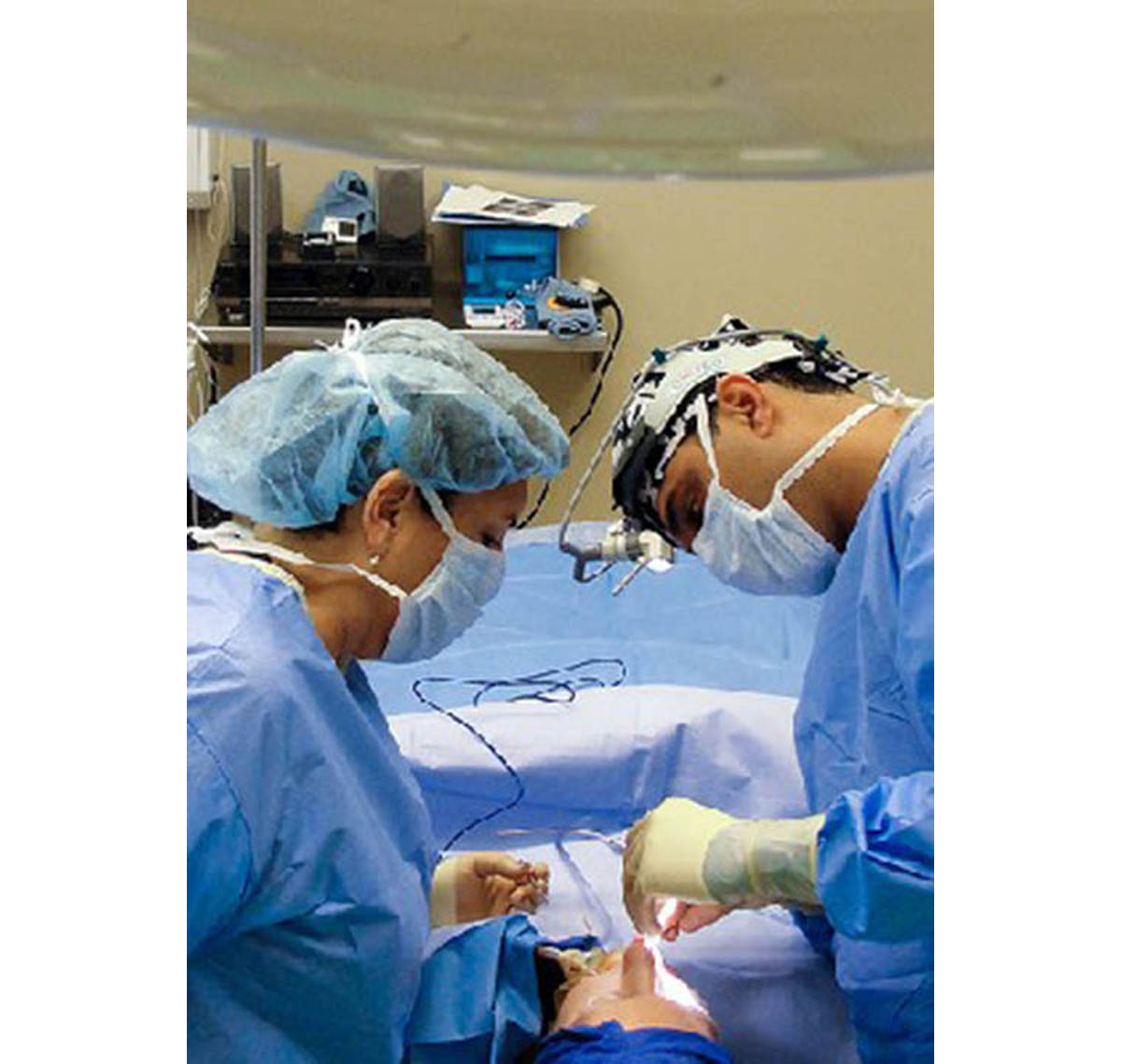Table of Contents
Rhinoplasty Risk
Some people have medical problems like a deviated septum or a broken nose which is making it difficult to breathe. This surgery can help alter the shape of the nose, the size, and the overall aesthetic appearance. In any case, rhinoplasty surgery is an operation like any other surgical procedure, with risks and considerations to weigh before a patient decides to proceed. Learning the basic risks, recovery issues, and costs will allow a person to make the best decision not only for their nose, but also for their health and well-being.

- Pain - There is usually no or minimal pain after the operation.
- Infection – After perfoming more than 5000 rhinoplasties, I have never seen a nose get infected.
- Blood loss - This is usually minimal. I have never had to give a patient a blood transfusion. The highest risk of bleeding is actually one week after the surgery when the internal blood clots begin to dissolve.
- Poor results or unintended results
- Reaction to the anesthetic – With intravenous sedation and local anesthesia, this is close to zero. Again, I have never seen a reaction with this regimen.
- The greatest risk is the surgeon that you chose to do the operation, not the surgery itself.
The reason is that a surgeon who is not experienced or qualified to perform the rhinoplasty procedure can cause a lot of problems, but from an aesthetic and breathing point of view. In the hands of someone who is not a trained, board certified plastic surgeon, not only can the nose have an unnatural or deformed appearance when the surgery is complete, but it will require reconstruction by someone more skilled than the original surgeon.
- Photo courtesy by Best in Plastics on Flickr: www.flickr.com/photos/bestinplastics/4893398370/

